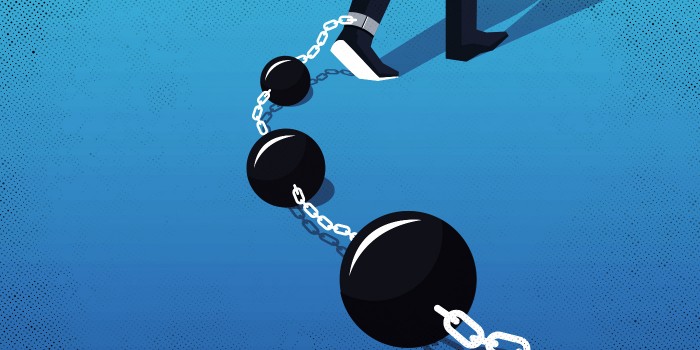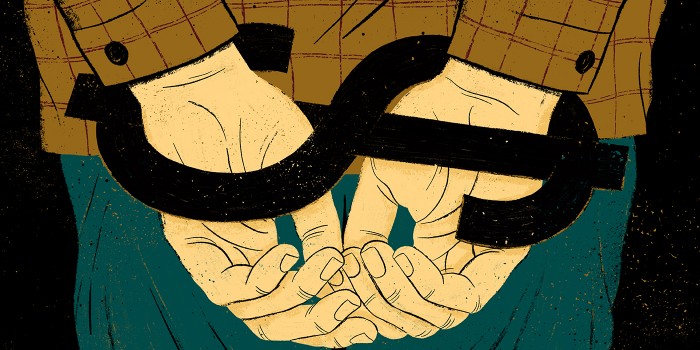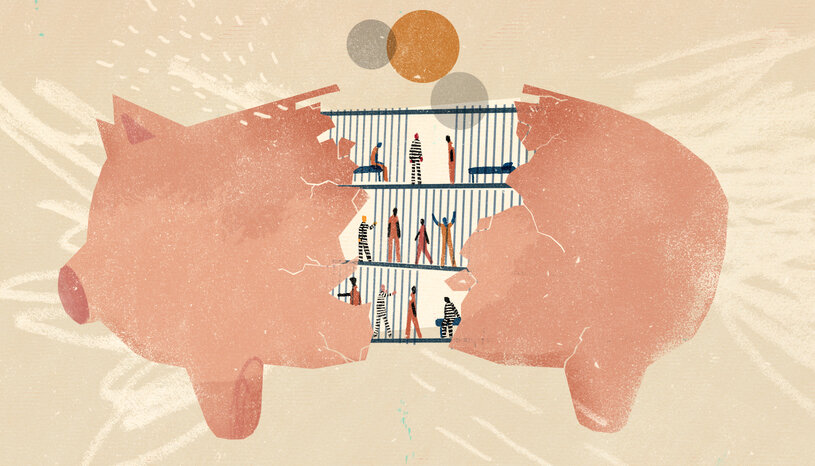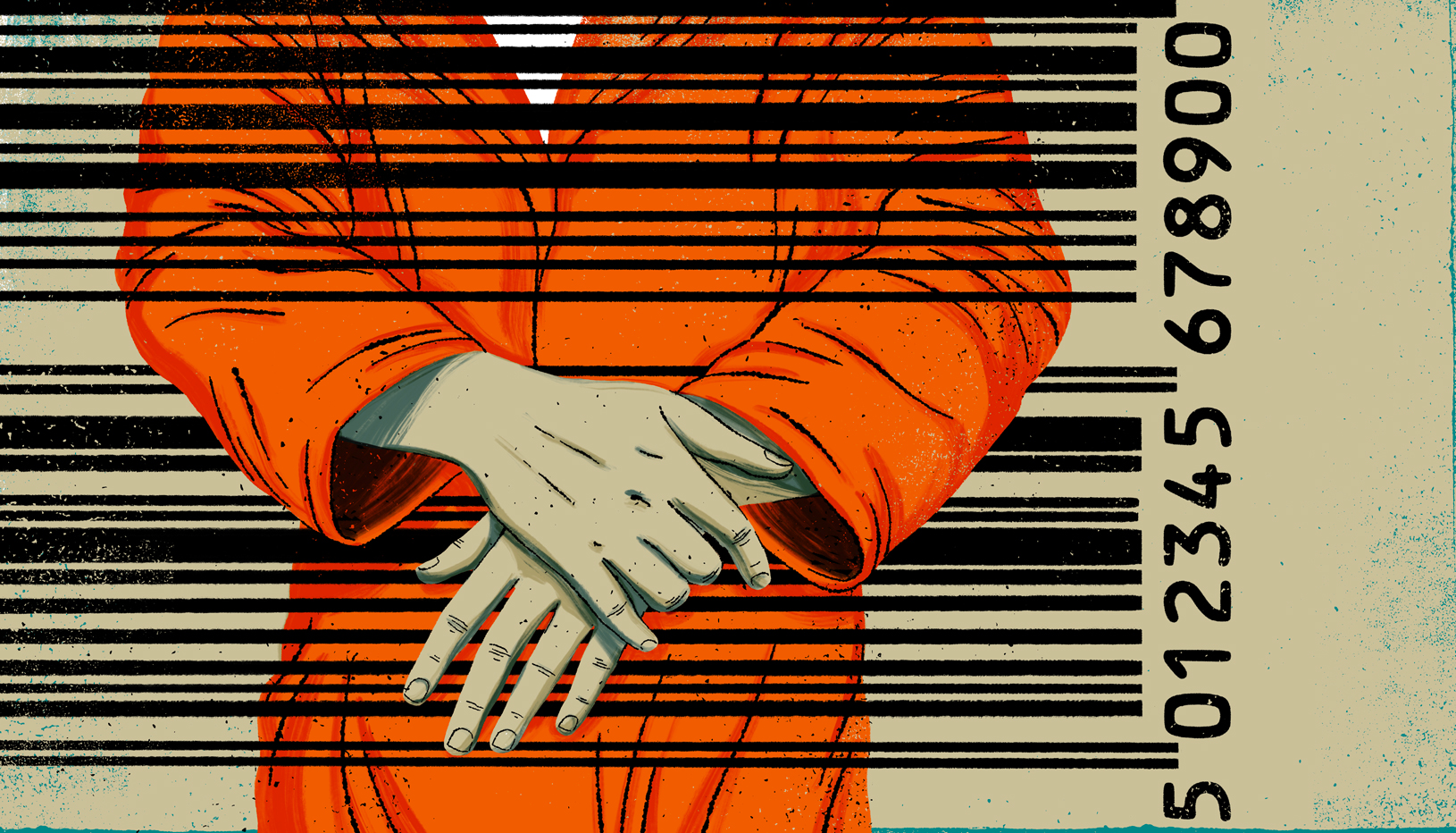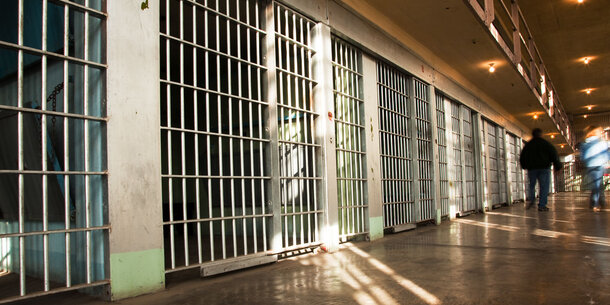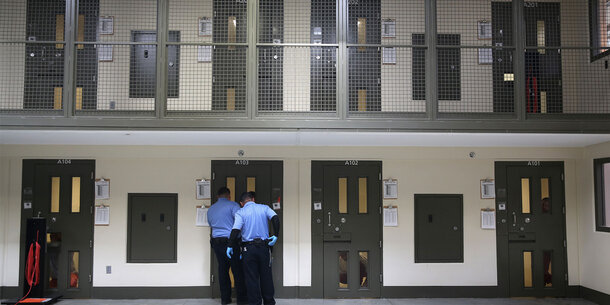For decades, the federal government used its grant-making power to spur states to incarcerate more people and to impose longer sentences. It should now use that power to reverse course.
For example, the 1994 Violent Crime Control and Law Enforcement Act, also known as the 1994 crime bill, authorized $12.5 billion in grants for the adoption of more punitive criminal justice policies, such as “truth in sentencing” and “three strikes” laws. The results of decades of federal funding decisions in conjunction with punitive laws and policies have been catastrophic: Since 1970, the prison population has grown by 492 percent, with the United States today incarcerating more people than any other country in the world. Reforms have reduced the population behind bars from its 2009 peak, yet an astonishing level of incarceration persists: over 1.2 million people are confined to federal and state prisons, and just over 636,000 more are locked up in local jails.
But it’s possible to reverse course. We now know that reducing crime and incarceration are not mutually exclusive goals. The task is to align federal dollars with smarter public policy initiatives. A 2023 bill, the Smart Sentencing Reduction Act, was inspired by our policy proposal that called for funding for states to encourage them to reduce incarceration by 20 percent over three years. The tactics include setting up or expanding systems that correct extreme sentencing or wrongful convictions to support job training, mental health services, and drug treatment behind bars to help people reintegrate into their communities.
If financial incentives helped create America’s vast system of mass imprisonment, then similar incentives can be mobilized to begin to undo it.


